Masterpiece Story: The Climax by Aubrey Beardsley
Aubrey Beardsley’s legacy endures, etched into the contours of the Art Nouveau movement. His distinctive style, marked by grotesque imagery and...
Lisa Scalone 27 October 2024
Art Nouveau was an international style in architecture and design that emerged in the late 19th century. With so many options to choose from, it is hard to narrow down a list of the most beautiful Art Nouveau buildings in the world. So here’s a small portion of what can be found.
Art Nouveau was characterized by asymmetry, whiplash lines and flowing, organic forms, often inspired by plant forms. The style flourished mostly between 1890-1910 in Europe and the United States. Furthermore, it branched from the Arts and Crafts movement which began only a short time before.

While this article focuses on the architectural aspect, Art Nouveau also crossed over into posters, illustrations, jewelry, and interior design. Well-known architects of the period were Otto Wagner, Victor Horta, Antoni Gaudi, and Jules Lavirotte to name a few.
Since examples of Art Nouveau are scattered throughout the world, it is known by different names according to the region: Liberty style, Tiffany style, Secession, Skonvirke, Modernismo, or Jugendstil. Furthermore, the style ranges in intricacy as well, from the ornate to the simple.
Known as the Secession style in Austria, Otto Wagner’s Majolikahaus is a prime example of Art Nouveau elements. The exterior is made of small tiles, a style known as majolica. Here the tiles come together to form a floral pattern.
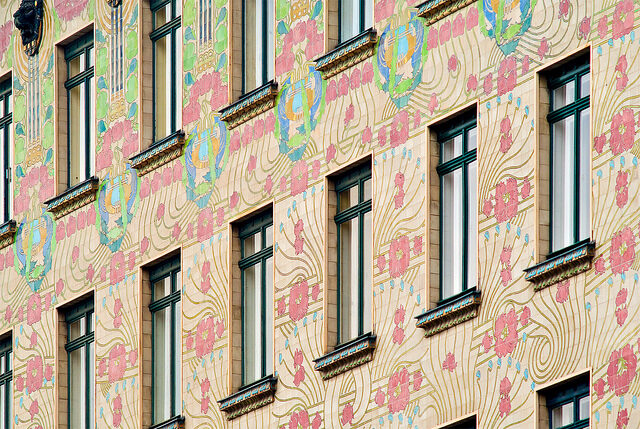



This street in Riga, Latvia contains some beautiful examples of Art Nouveau design elements. An entire series of articles could be written on the architecture of this city alone.



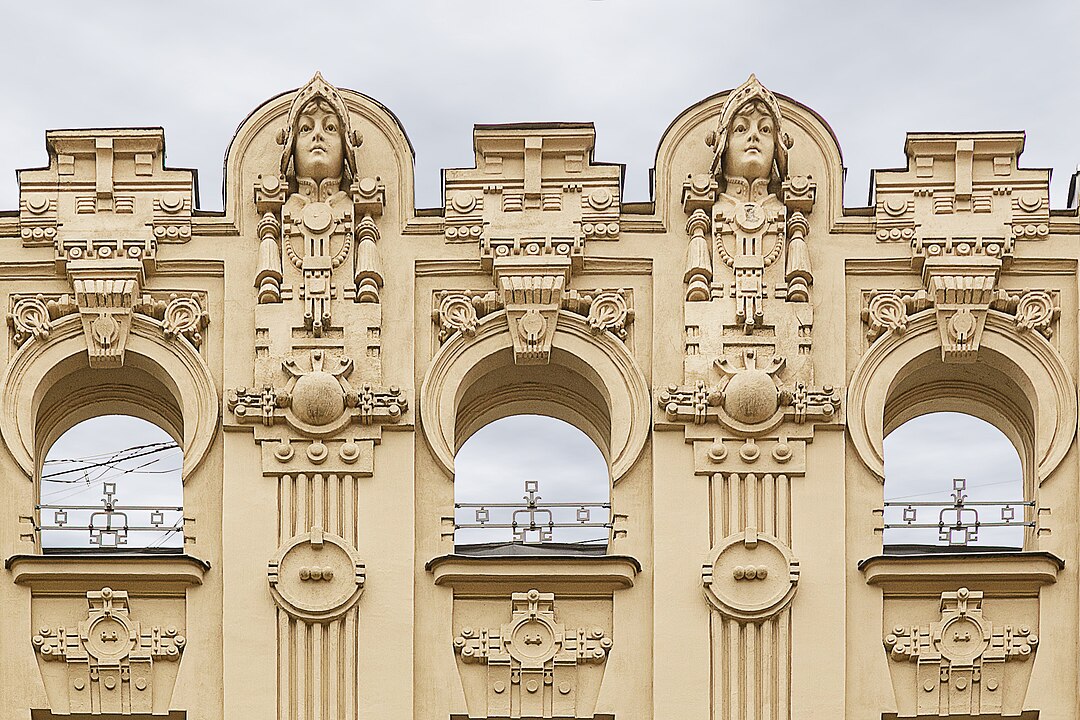
Designed by Ödön Lechner and built between 1893-1896, the building combined both regional styles of Art Nouveau with Oriental elements.
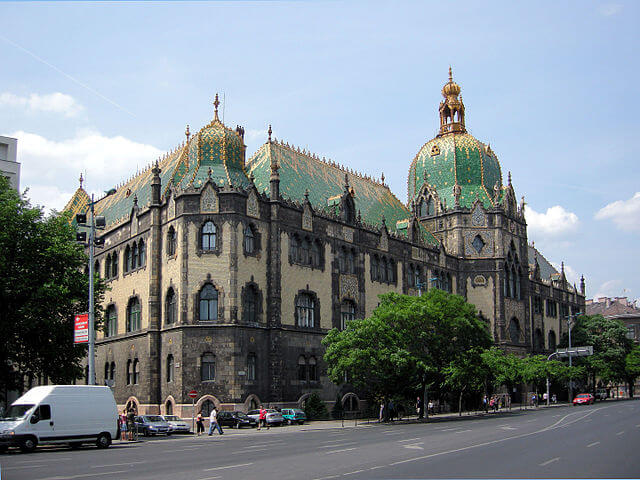



Among the great architecture of the Northern Italian city of Turin, there are many Art Nouveau buildings. Take, for instance, this particular building located in Cit Turin – a district filled with Art Nouveau buildings.
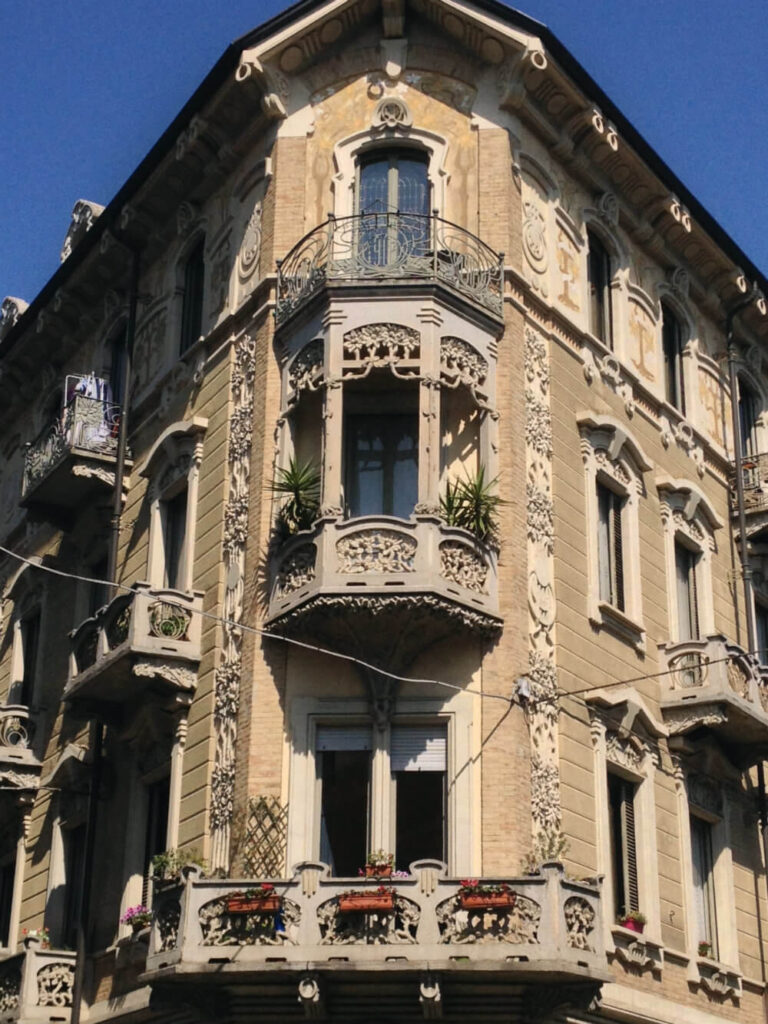


The “Art Nouveau town” of Ålesund was the epicenter for Art Nouveau architecture in Scandinavia. A terrible fire ravaged the city in 1904, but the city was soon rebuilt with a blend of Scandinavian regional styles in mind. The Jugendstilsenteret is the city’s Art Nouveau museum.
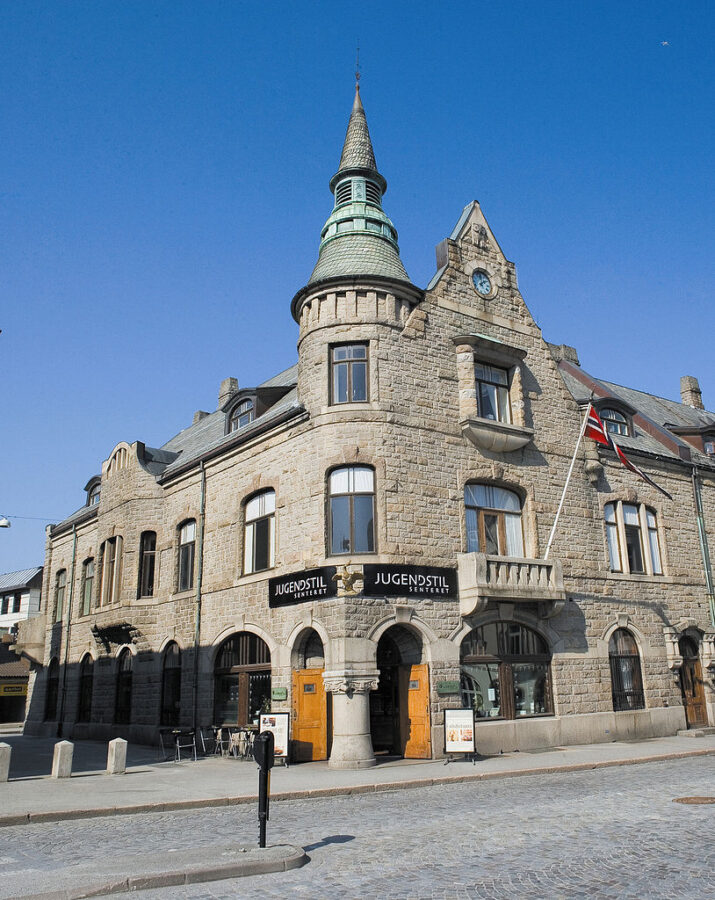


The Fine Arts Palace is considered to be THE cultural center of Mexico City and showcases both aspects of Art Nouveau and Art Deco.
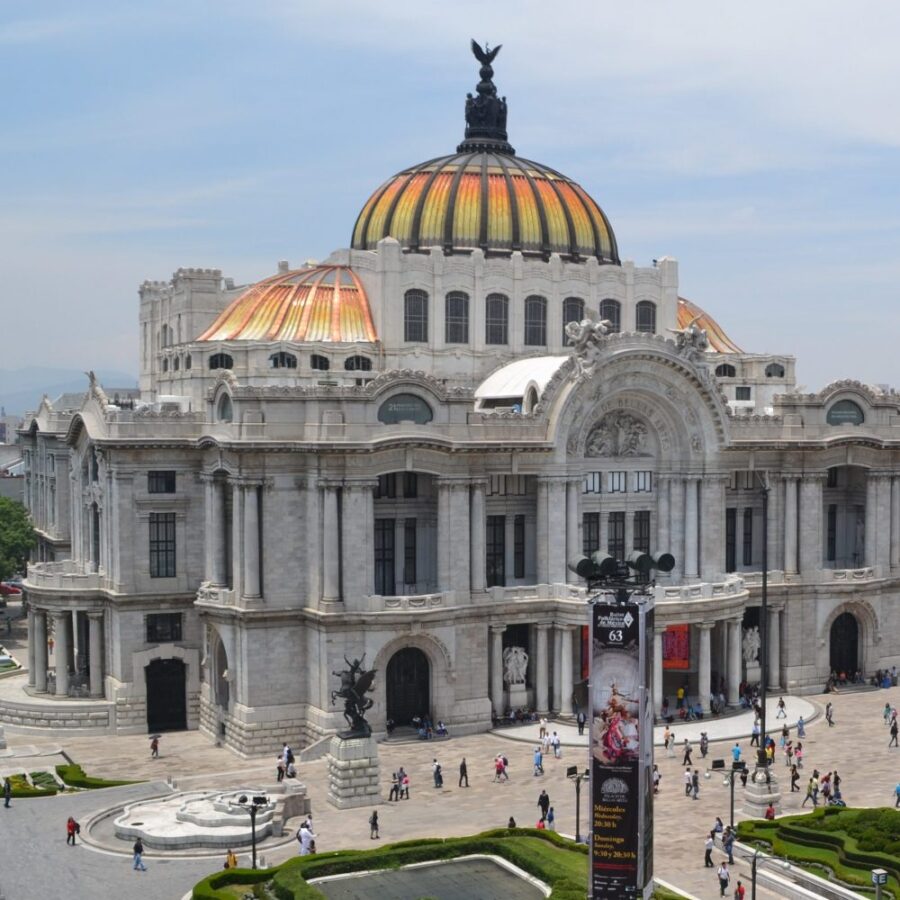



This French home was built for the furniture maker Louis Majorelle. Click here to take a virtual tour of the historic monument. The villa has been open to the public since the late 1970s.
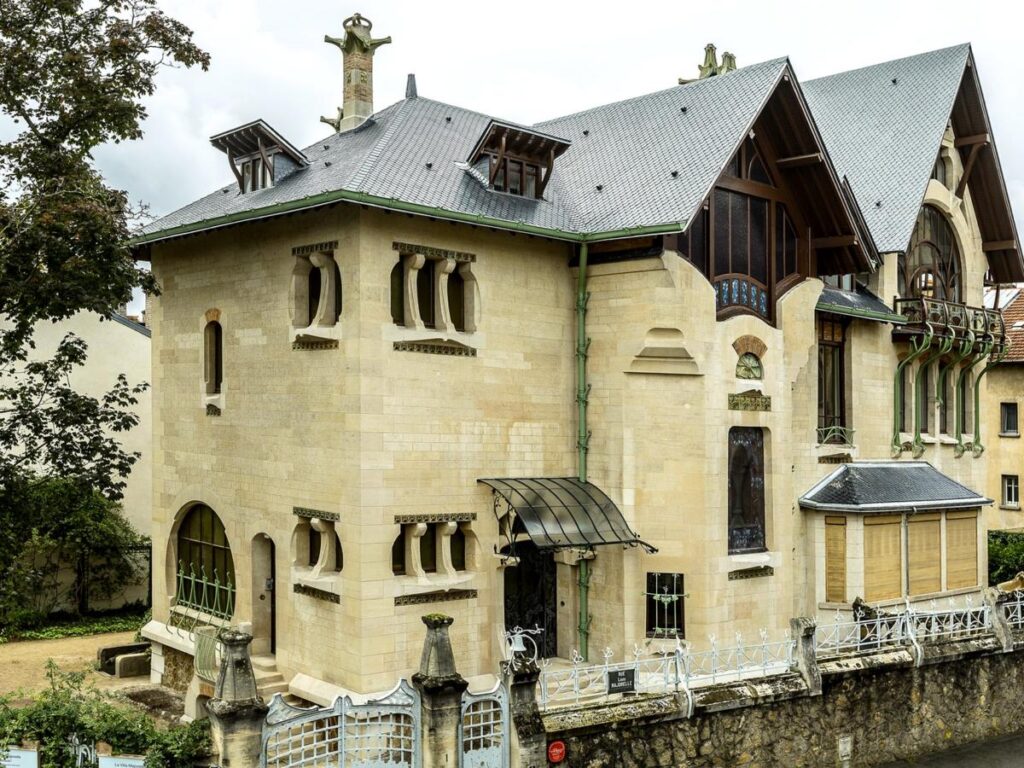


Ernest Flagg mostly designed buildings in the Beaux-Arts style. However, here in this 12-story wrought-iron building, there are clear examples of the Art Nouveau movement which paralleled the timeline of Beaux-Arts architecture.



Completed in 1903, this building is now home to retail spaces and a theater. The architect, Gavril Baranovsky, was commissioned by the wealthy merchant Grigoriy Grigorievich Eliseyev to build another building for the family’s already large portfolio. It was temporarily renamed during the Bolshevik Revolution but has always been known as the Eliseyev Emporium by those in St. Petersburg.



Due to a fire and subsequent repairs in the late 1980s, the building does not have much of its original ornaments. However, the structure still stands on Avenida de Mayo in the Argentinian capital.



More Info:
There is no possible way to include every Art Nouveau building in one article. In Riga, Latvia alone, there are over 800 examples of this style. So here are a few more examples, just for fun, from an artists’ colony in Darmstadt, Germany, to various buildings in Brussels.
DailyArt Magazine needs your support. Every contribution, however big or small, is very valuable for our future. Thanks to it, we will be able to sustain and grow the Magazine. Thank you for your help!